Endurance Test
The Endurance Test
The endurance capacity is measured in how many minutes you are able to row in your target watts, with an increasing SPM ( Strokes-Per-Minute). Your target watts are given to you in your Power Guide which is based on the results of the power efficiency test.
The test itself is a step test where you row x times 4 minutes starting from 20 SPM increasing with 2 SPM for every step. There is no rest between the intervals.
Useful background information
Performing the Endurance test is like doing a step test.
In order to keep your training program updated, you need to complete the Endurance test every four weeks. As shown in the graph, every step takes 4 minutes and the stroke rate goes up 2 strokes per minute for every step. There are no breaks between the steps.
Depending on how many steps you are able to row, Rojabo predicts how close you are to reaching your Potential max on a 2000m ergometer test. You can do the test as often as you want, but you must perform one at least every four weeks.
As soon as you enter new test results from the endurance test, Rojabo will re-calibrate your rowing training programs according to your updated Rojabo Index.
To ensure that your tests are comparable, it’s very important to follow the same procedure every time such as what time of day, have you eaten properly, hydration, other personal rituals you might have etc.
You can preset the Endurance Test target pace and minutes for each step in the test on the Concept 2 ergometer monitor – see the guide on how to setup the monitor
Power Efficiency Test
The Power Efficiency Test
The Power Efficiency Test is used to calculate your personal power guide. The purpose of measuring your power efficiency is to find your standard stroke, what pressure are you able to keep during your standard stroke while changing the stroke rate you row in.
When performing the power efficiency test, the rhythm and flow must feel just like when performing the workout 5+5+5 min in 22-24-26 spm in a boat, feeling the good rhythm and good flow.
NB! This is NOT an all-out test. If you perform it as an all-out test your personal training program will not be optimized correctly
How to perform the Power Efficiency test:
Have the instructions and something to record your results with you by the erg eg. smartphone, this page printed out, and a pen.
Perform the test alone; do not perform the test with another person who might press you to push more, it is not the purpose of this test.
Warm-up and wait about five minutes before starting the test.
Set up the monitor to count down from six minutes and save the split times for each minute.
Cover the part of the Concept2 erg monitor showing the current split and distance.
Perform the test by rowing 1+1+1+1+1+1 min in 20-20-22-24-26-28 spm. NB!, you need to row 20 spm twice.
When ready, complete the test.
After the test, note down the split times for each minute measured in watts.
| Stroke rate | 20 | 20 | 22 | 24 | 26 | 28 |
|---|---|---|---|---|---|---|
| Performed watt |
Every three months
We ask you to perform a new Power Efficiency test every three months. As you get stronger and in better shape, you will see changes. But once you achieve a higher level of fitness the changes will be relatively smaller.
Age, unfortunately, tends to have the opposite effect, and therefore it is important for Masters rowers to do regular Power Efficiency tests.
Get your Power Guide calculated today
About
Idea behind Rojabo
Well, it is no secret so here is the story.
It all started in the summer of 1998. We were on a three-week training camp at Lake Sarnen (Sarnersee) with the Danish National Team preparing for the World Championships (WC) in Cologne, Germany. Fantastic place, with nearly flat water for every training session.
At the camp it was hard training twice a day, eating and resting as much as possible. Jakob was rowing the LM2- with Jeppe, where the year before, they took bronze in a tight race between Ireland and Switzerland. At the time, Bo was Jakob’s coach and was also coaching a few other boats. Bo had a problem with one of the teams who was not performing the way that Bo had wanted. Bo and Jakob began discussing the training programs. They analyzed the training programs from the teams that were performing well and compared them with the training programs of the teams that were not performing as expected. In the start it felt like a mission impossible job – One could see that the programs differed but there was no common denominator until we started discussing the feeling of intensity. How hard it feels to perform a given workout compared to another. We began to investigate the programs, interview athletes, and collect performance data. After careful analysis, using some mathematical formulas, we could see a pattern emerging that could be used to compare the workouts. We could begin to see a correlation. – The teams with poor performance had a strong tendency to misinterpret the intention of the training program in a way that did not follow the idea the coach had. As an example, when rowers row next to each other on the erg, there can develop internal competition turning a workout intended as restitution, rowing 60 min at spm 18 into 60 min of power strokes, which is far from a restitution workout. We could apply the founded formulas to generate workouts, and build complete training programs. Bo Vestergaard started using the Rojabo method we had developed. It helped him create training programs and communicate his idea to his athletes. How they should be affected by workouts assigned for them. It is a big problem for a coach if his athletes are either overtraining or undertraining if there is no common understanding regarding intensities. Today, more than 20 years later, the Danish National Team coaches are still using this method, helping them win with their teams and reducing the amount of time spent on making training programs by more than 50%. Since 2008, Bo Vestergaard and Jakob have been partners in Rojabo.com making Rowing training programs using the Rojabo method available for all individual athletes. Helping rowers get into the best possible shape and win races through the adaptive training program service found. at Row faster – Personalized rowing training programs. In 2005 Bo and Jakob started rowing together as a team taking medals home from World Masters, Head of the Charles, Danish National Championships as well as local regattas.Learning from mistakes
This website uses cookies. By continuing to use this site, you accept our use of cookies.

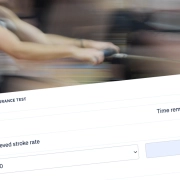 Rojabo.com
Rojabo.com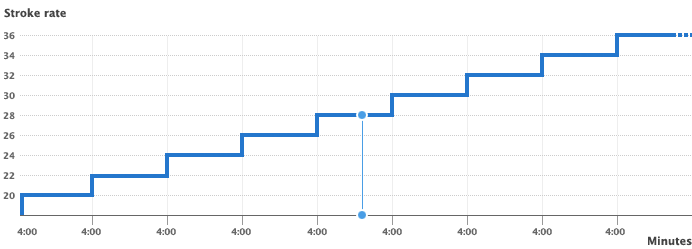
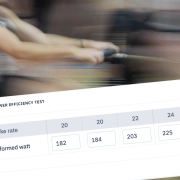 Rojabo.com
Rojabo.com
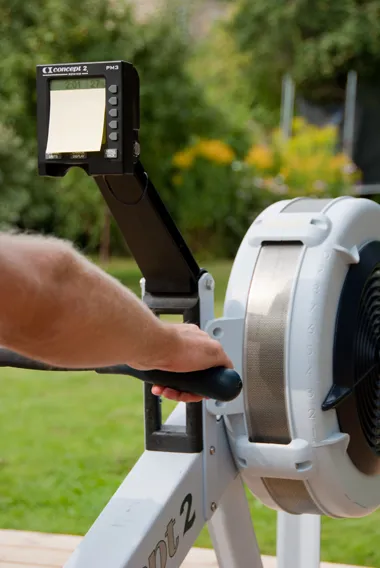
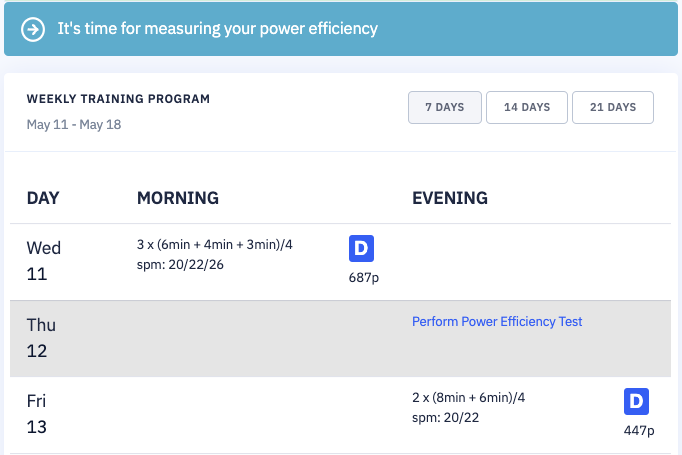
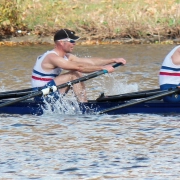 Rojabo.com
Rojabo.com